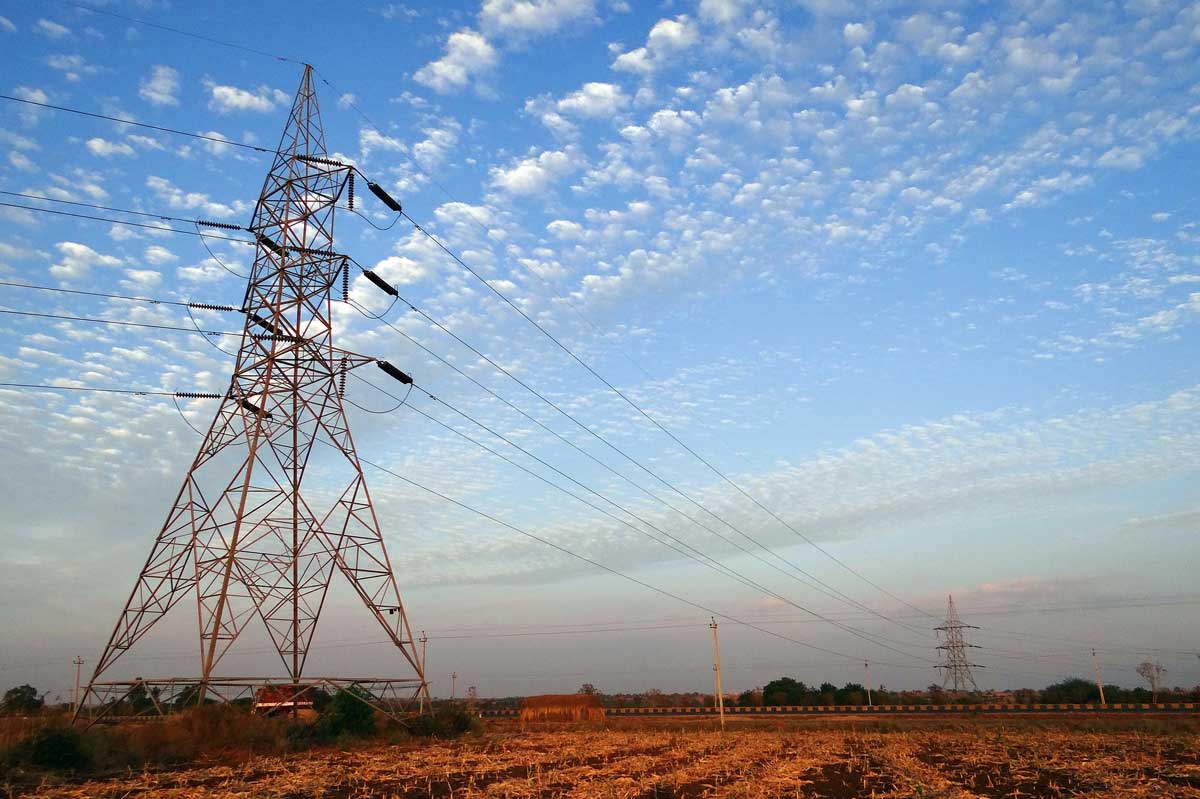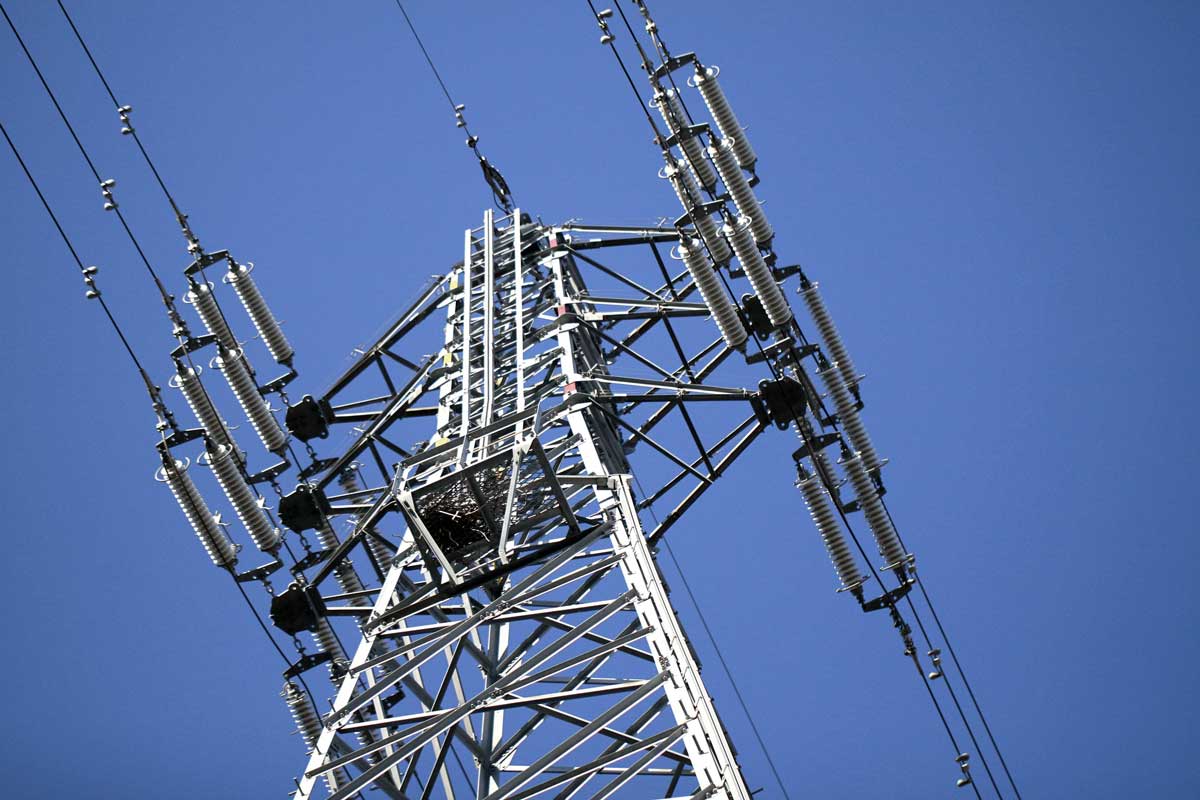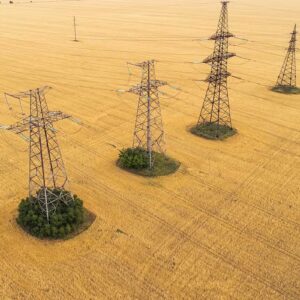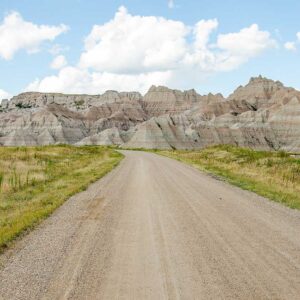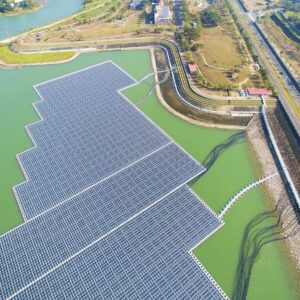Description
The first known commercial use of electric transmission lines was by the California Electric Company (now PG& E) in San Francisco in 1879. Working electric transmission lines were used at the 1878 Paris Exhibition. The first transmission lines were mounted on wooden or metal poles with the insulators and lines mounted on wooden cross-members. The simple systems of poles later evolved into larger towers. Transmission lines and towers tend to blend into the environment and follow the terrain more than structures such as habitable buildings and roadways. It may be easier to overlook the environmental impact of transmission lines and towers and the access roads required for maintenance. This course introduces engineers, utilities contractors and BMP maintenance contractors to the best management practices for transmission construction and maintenance activities.
Best Management Practices (BMPs) are practices chosen to minimize erosion and prevent or control sedimentation and contributions of other pollutants from land disturbance. If properly applied, BMPs will help protect the quality of surface waters and ground water. The major ground disturbing activities associated with transmission construction and maintenance are right-of-way clearing and re-clearing, construction and maintenance of access roads, and site grading for the construction of transmission line structures, substations and communication facilities.
The techniques and methodologies described in this course document are applicable to most transmission line areas in the lower 48 United States. This course is intended to be a general guide for educational purposes. If this course is found to be in conflict with federal, state or local agency requirements, then the respective agency requirement(s) should be followed.
This course includes a multiple-choice quiz at the end and is intended to provide 8 hours of professional development.
Course Author: Tennessee Valley Authority
Learning Objectives
After the successful completion of this course, the student will have learned or been exposed to the following:
• Sediment and Erosion Control Processes and Principles
• Preconstruction Planning
• Clearing Practices
• Construction Site Measures
• Waste Disposal
• Herbicide Use
• Stormwater Discharge Management
• Streamside management Zones
• Wetlands
• Endangered/Threatened Plant Species
• Other Sensitive Resources (Caves
• Wattles and Mulch Berms
• Silt Fences and Check Dams
• Rock Filter Dams and Riprap
• Diversions
• Access Road and Parking Area Stabilization
• Water Turnouts and Water Bars
• Broad-Based Drainage Dips
• Temporary Stream Crossings and Culverts
• Construction Entrance and Exit
• Sediment Basins
• Temporary Sediment Traps
• Polyacrylamide (PAM)
• Seeding and Stabilization Techniques
Course Document
In this professional engineering CEU course, you need to review the course document titled, “A Guide for Environmental Protection and Best management Practices for Tennessee Valley Authority Transmission Construction and Maintenance Activities, Revision 3 – 2017”. by the Tennessee Valley Authority. This document is used with the permission of Tennessee Valley Authority.
Tennessee Valley Authority. 2017. “A Guide for Environmental Protection and Best Management Practices for Tennessee Valley Authority Construction and Maintenance Activities, Revision 3. Edited by G. Behel, S. Benefield, R. Brannon, C. Buttram, G. Dalton, C. Ellis, C. Henley, T. Korth, T. Giles, A. Masters, J. Melton, R. Smith, J.Turk, T. White, and R. Wilson. Chattanooga, TN”.: Retrieved from


